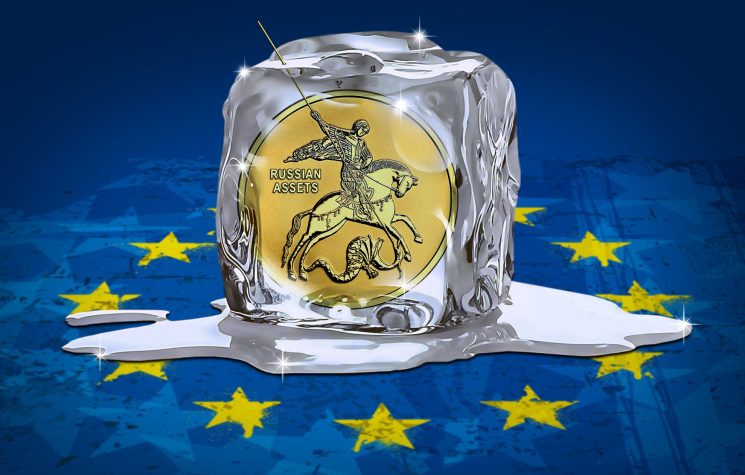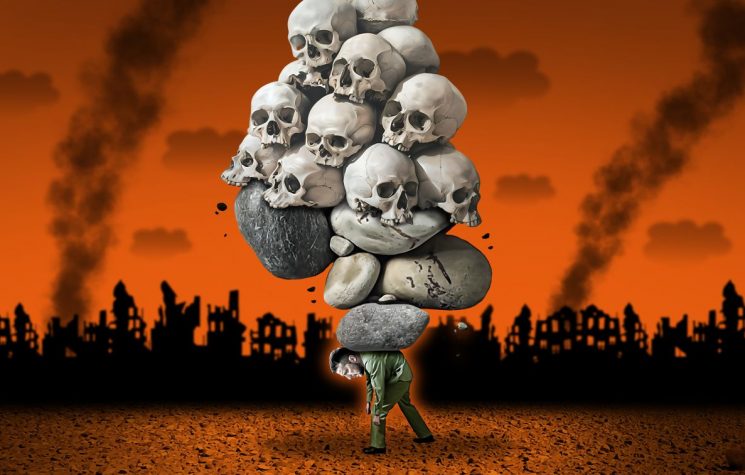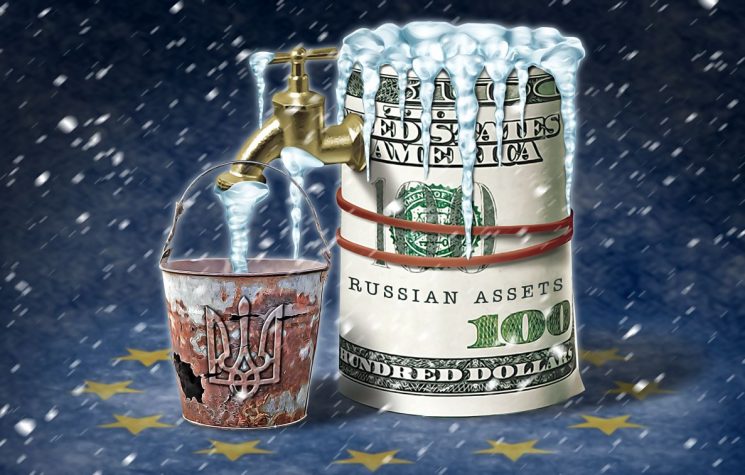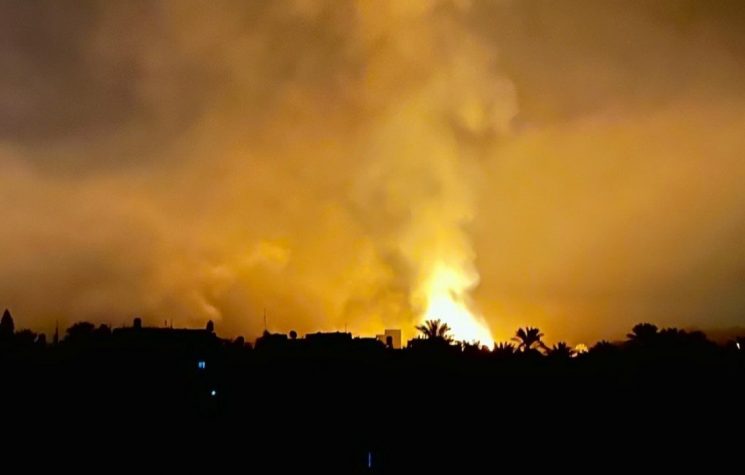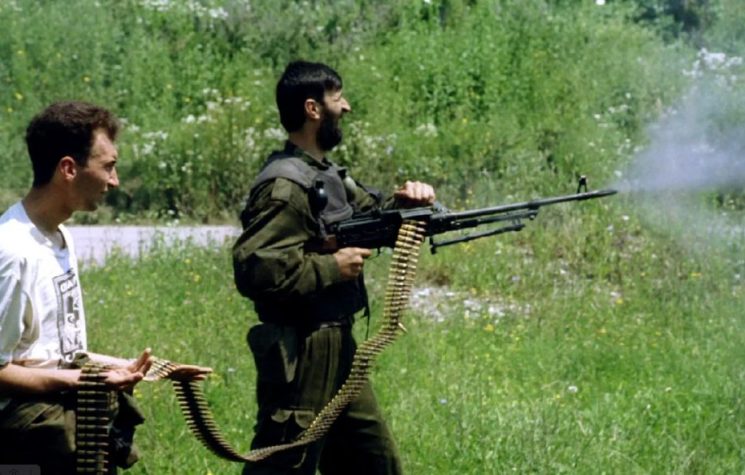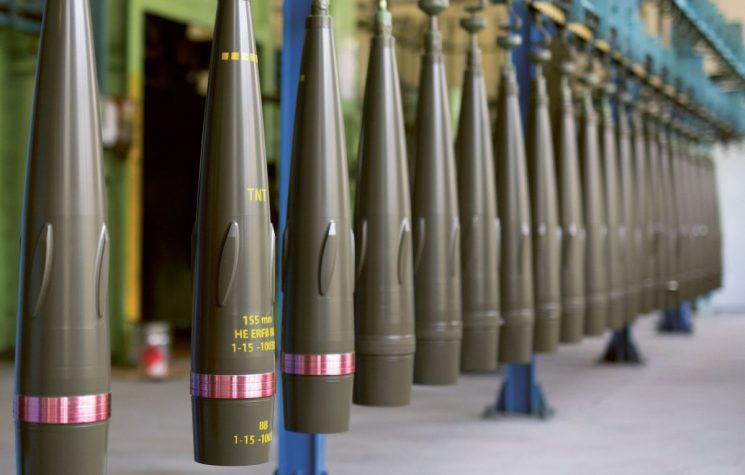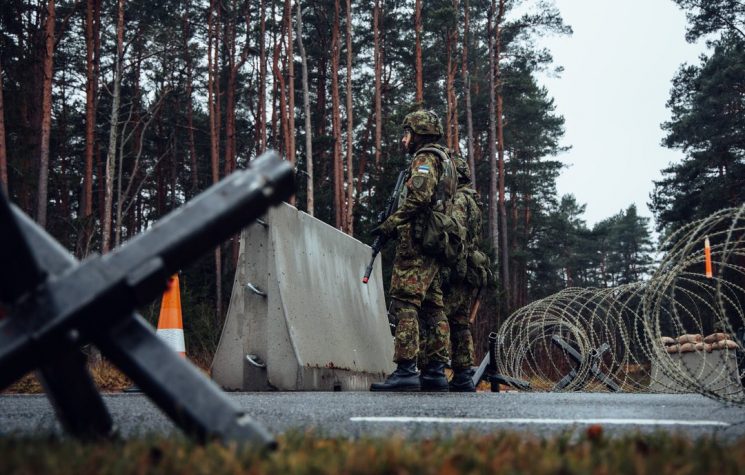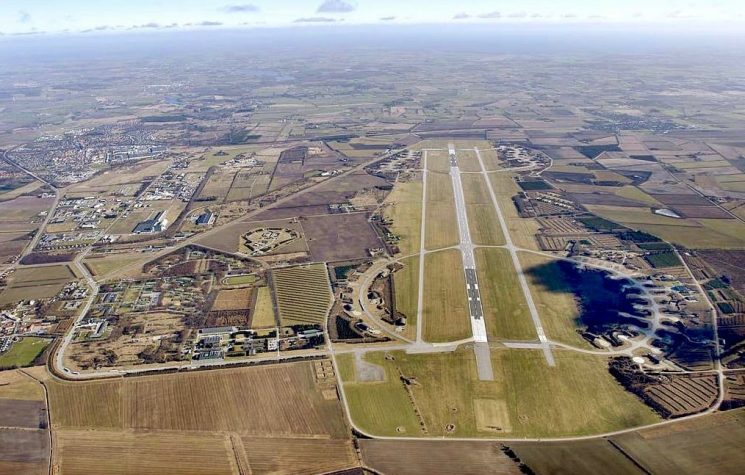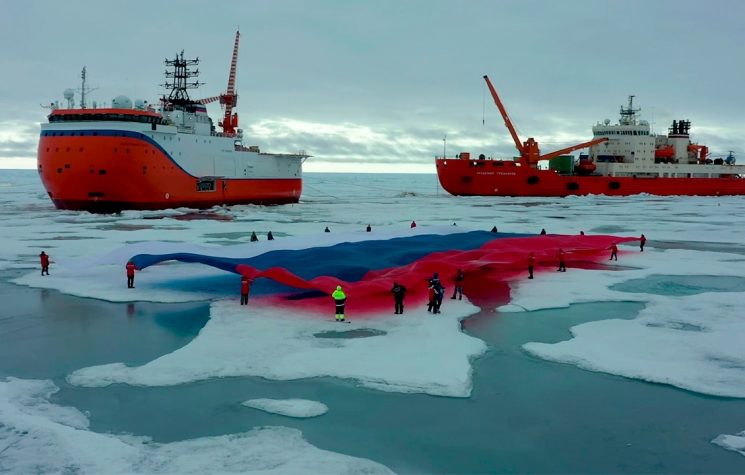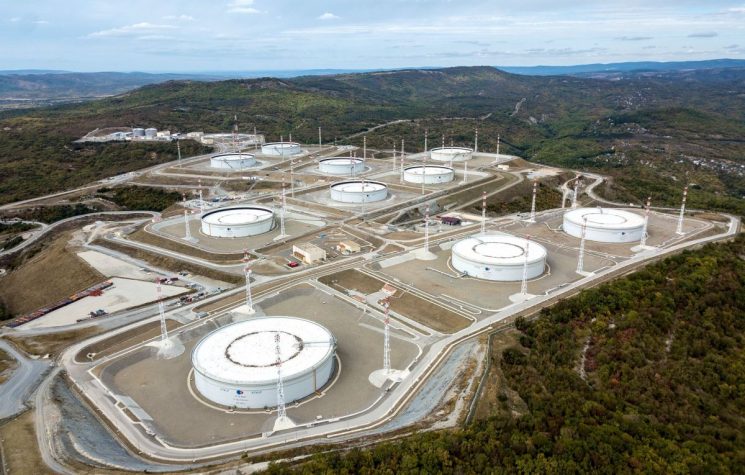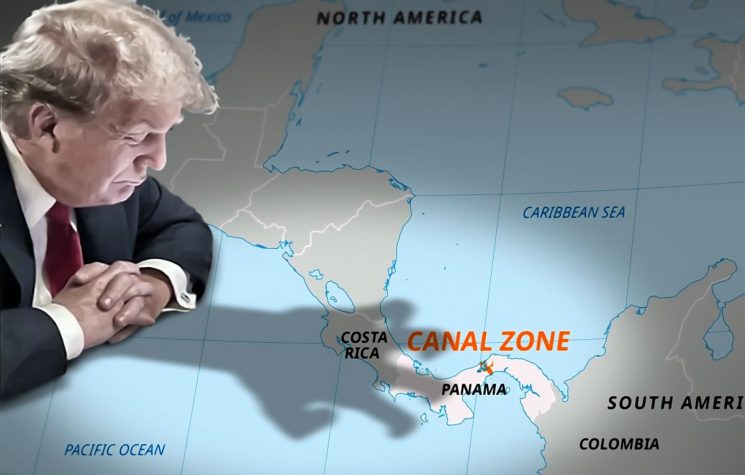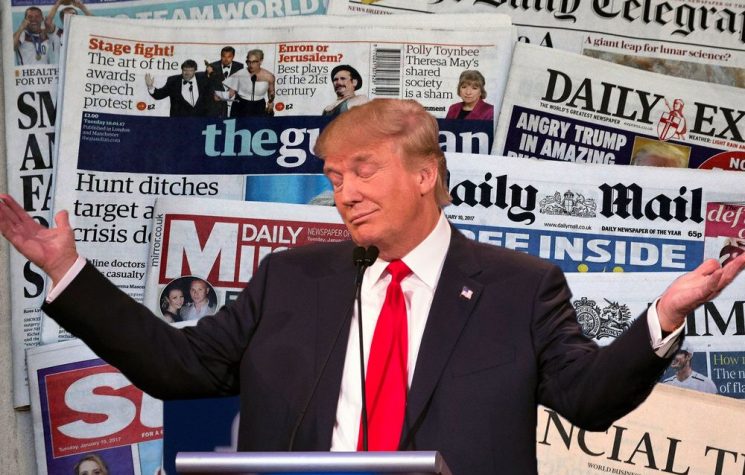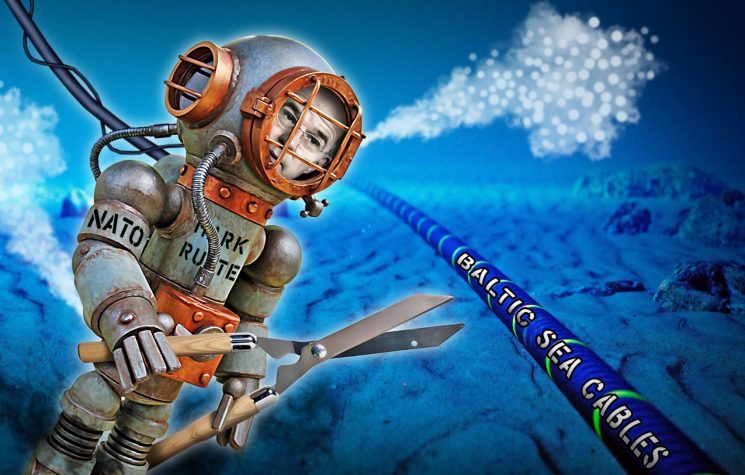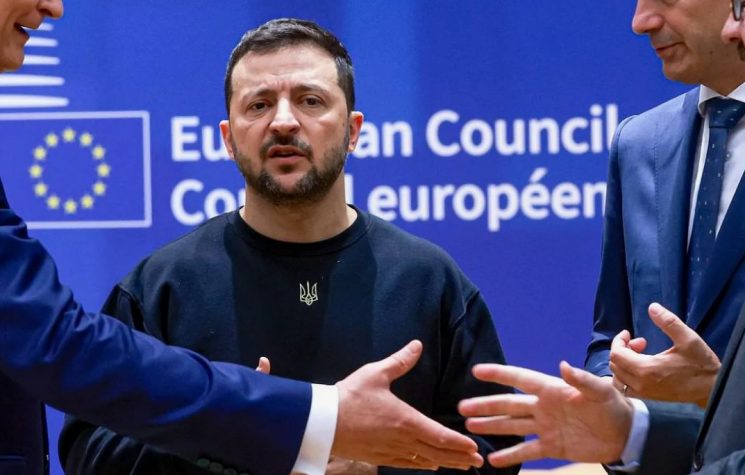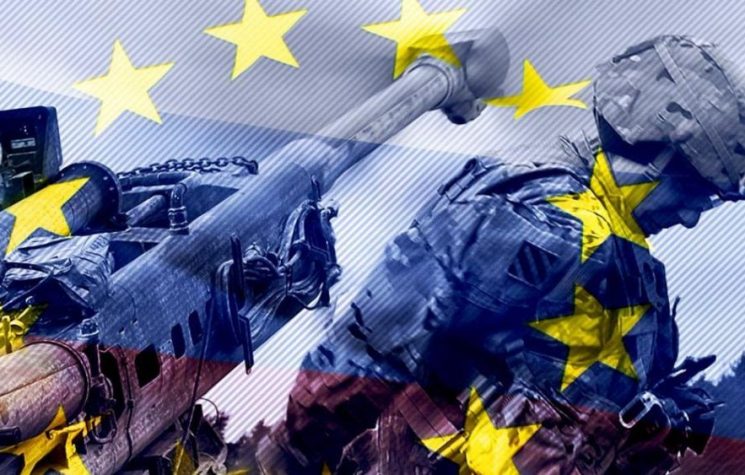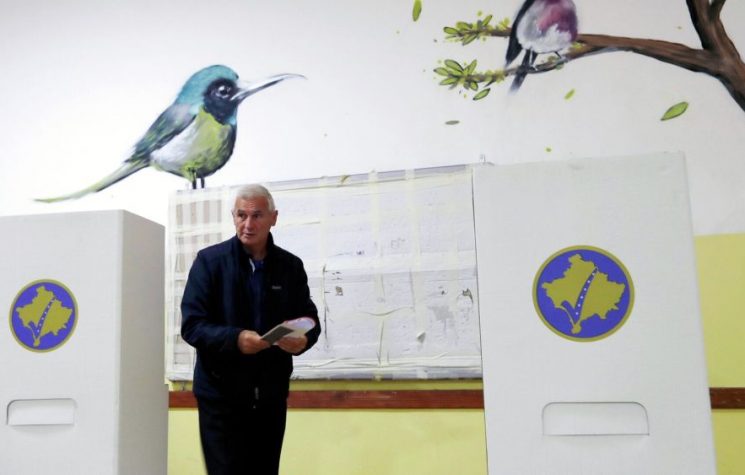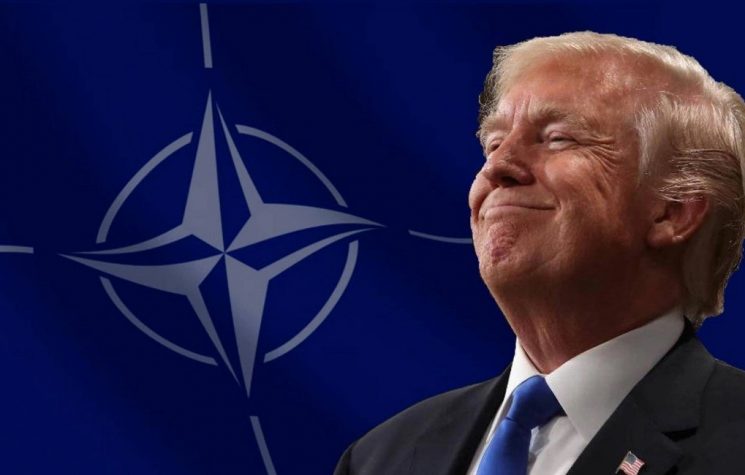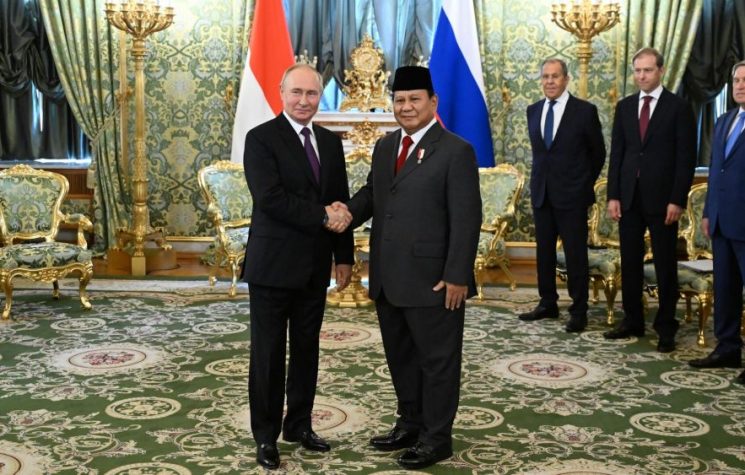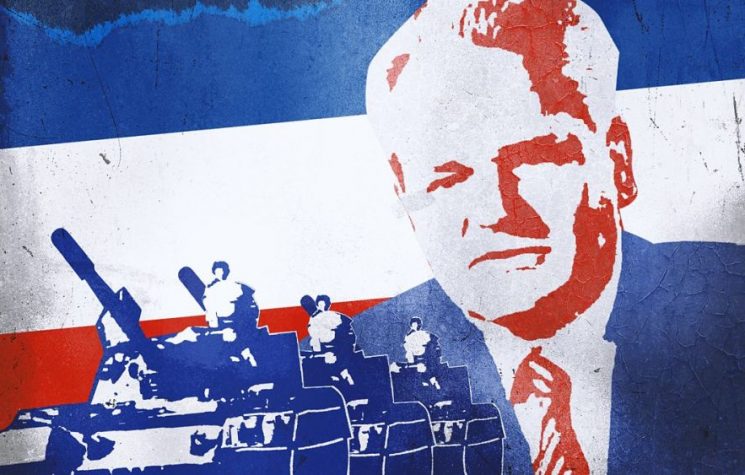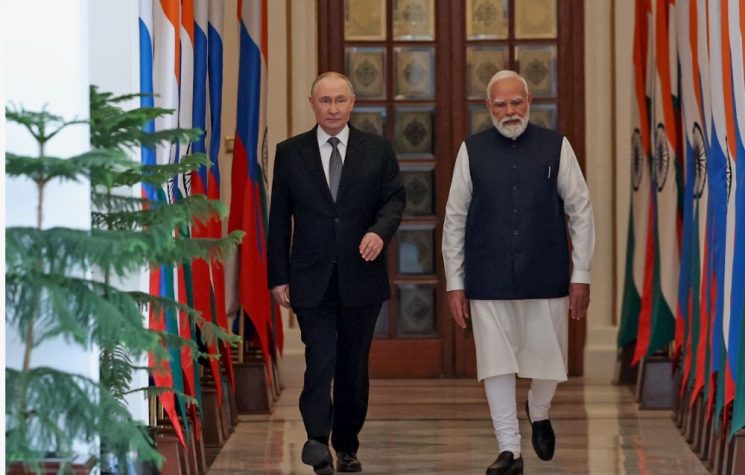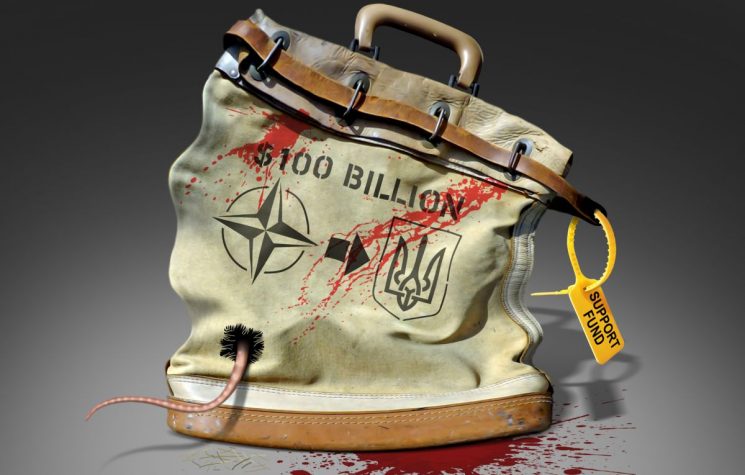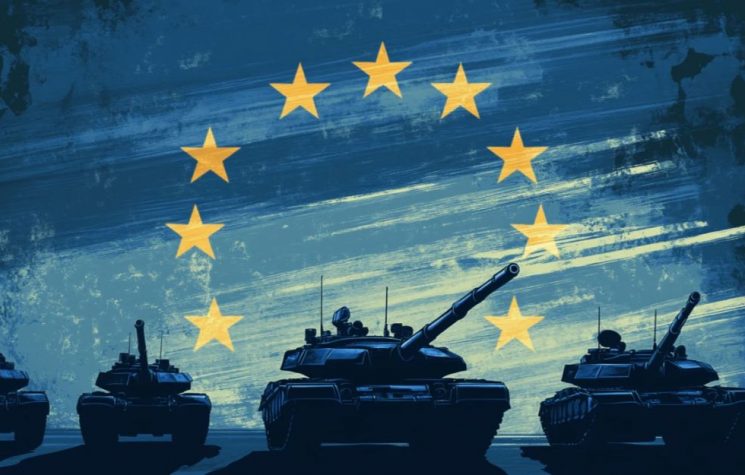The argument that Russia would attack toward Europe if the war in Ukraine ends has been voiced for a long time. But why on earth should it do that?
Contact us: info@strategic-culture.su
On February 9, the Danish Defense Intelligence Service (FE) released a new report. The updated threat assessment, titled Udsyn 2024, outlines the threats facing the country and highlights Russia’s rapidly increasing military capacity against NATO.
The report states: “At present, there is no direct military threat against the Kingdom of Denmark.” However, it predicts that Russia’s capability to pose a threat to NATO will “increase significantly in the coming years.”
It underscores that while Russia continues its war in Ukraine, it is also rebuilding its military strength. The report notes that Moscow has embarked on a large-scale military reform process since 2022.
Additionally, the report highlights that “China’s economic and material support, along with military and technological assistance from North Korea and Iran, enables Russia to strengthen its position against NATO.” This emphasizes that Russia is not alone in its military expansion efforts.
While the Danish intelligence service acknowledges that Russia sees itself in direct confrontation with the West, it also states that Moscow has not made a final decision to start the expected war and avoids any actions that would trigger NATO’s Article 5. However, according to FE, although Russia refrains from activating Article 5, it does not hesitate to employ “hybrid methods such as cyberattacks and disinformation campaigns” that pose security threats.
Focus on the Arctic
The report also points out that tensions between Russia, China, and the United States have extended into the Arctic region. It states: “Russia prioritizes the Arctic region and is causing an unprecedented level of escalation risk in this area.” The report explains that Moscow considers “strengthening its conventional military power, establishing new units, and developing Arctic infrastructure” as key priorities.
Referring to Russia’s 2022 naval doctrine, the report asserts: “Russia has made it clear that it is prepared to use all means, including military force, to protect its interests in the north.”
When it comes to Denmark’s territories, Greenland and the Faroe Islands, the report does not indicate a direct military threat from Russia. However, it evaluates the risks in the context of the United States, suggesting that while Russia is not currently considering an attack in this region, “the presence of the United States is a factor that increases risks.”
The Trump factor
The report also reflects concerns within Danish intelligence about whether a Trump-led United States would continue supporting Europe against Russia. It warns that if Russia assesses that “the U.S. has reduced its capacity or willingness to support NATO allies in Europe,” the likelihood of a direct attack on Europe would increase.
Similarly, FE suggests that if Russia “perceives NATO as militarily weak or politically divided,” it would be more inclined to initiate a regional war.
According to Danish intelligence, Russia could pose a threat to a neighboring country “within approximately six months” and could be ready to launch a regional war involving several Baltic nations “within about two years.”
A longer-term forecast predicts that Russia could be prepared for a large-scale war on the European continent “within approximately five years.” However, this scenario is based on the assumption that “the U.S. does not intervene.”
This raises a crucial question: How prepared is Europe for such a war?
‘Europe is not ready’
Experts speaking to the Danish media argue that Europe is militarily behind.
Speaking to Danmarks Radio (DR), Professor Mikkel Vedby Rasmussen from the University of Copenhagen stressed that Europe is unprepared and needs “a much greater amount of military equipment ready for immediate use in case of war.”
Rasmussen added: “We need factories capable of rapidly producing weapons and a defense infrastructure similar to what we had during the Cold War, but later dismantled for cost-saving reasons.”
Christine Nissen, a senior analyst at the Think Tank Europa, stated: “Even if Europe is not directly at war, we are no longer in a period of peace. European leaders must accept this reality. The possibility of a territorial war—something we once believed belonged only in history books—now holds a significant place in Europe’s security agenda.”
Meanwhile, Peter Viggo Jakobsen from the Danish Defense Academy and Flemming Splidsboel, a senior researcher at the Danish Institute for International Studies, argue that the probability of a large-scale war in Europe remains low.
Danish military analyst Anders Puck Nielsen, however, warns of a potential scenario where Russia might seize “a small part of a country in Eastern Europe.” He points to Lithuania and Finland as examples, aligning his views with NATO’s recent increased military activities in Eastern and Northern Europe.
‘If the war in Ukraine ends, Russia will continue its attacks’
A widely shared view in European political circles—also reflected in Denmark’s intelligence report—is that the likelihood of a Russian attack on Europe correlates with the end of the war in Ukraine. This concern is further exacerbated by the Trump factor in Europe.
The rapid expansion of Russia’s military industry, its growing combat experience, its framing of the conflict as a war against the West rather than just Ukraine, claims of support from Iran, China, and North Korea, and escalating tensions in the Arctic—all these concerns highlighted in the Danish intelligence report are not new.
In fact, the argument that Russia would continue advancing toward Europe if the war in Ukraine ends has been voiced for a long time.
What makes this report particularly striking, however, is that—without explicitly naming him—it places the Trump factor at the center of all the potential developments that could lead to a Russian attack.
This is why the overall theme of the report directly aligns with a narrative that has gained traction with Trump’s rise: “If U.S. support for Europe ceases (or if the war in Ukraine ends), Putin will attack.”
European nations are now assessing new threats based on the assumption that the U.S. may not come to their aid.
In discussing the possibility of a Russian attack and whether Trump might “abandon” Europe, the continent appears to have placed its fate in Trump’s hands. The future of European security now depends on one thing: satisfying Trump’s demand to spend 5% of GDP on defense.











